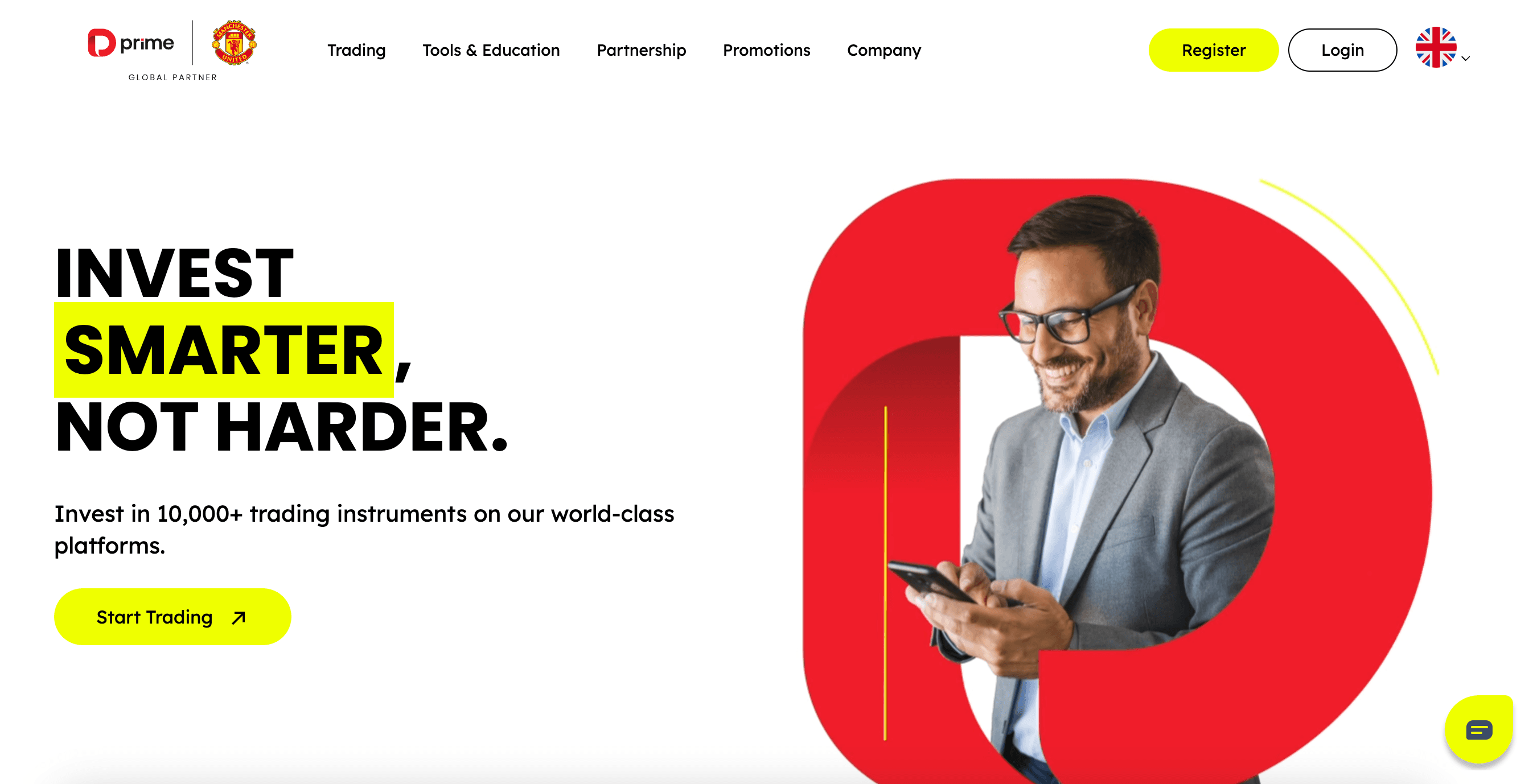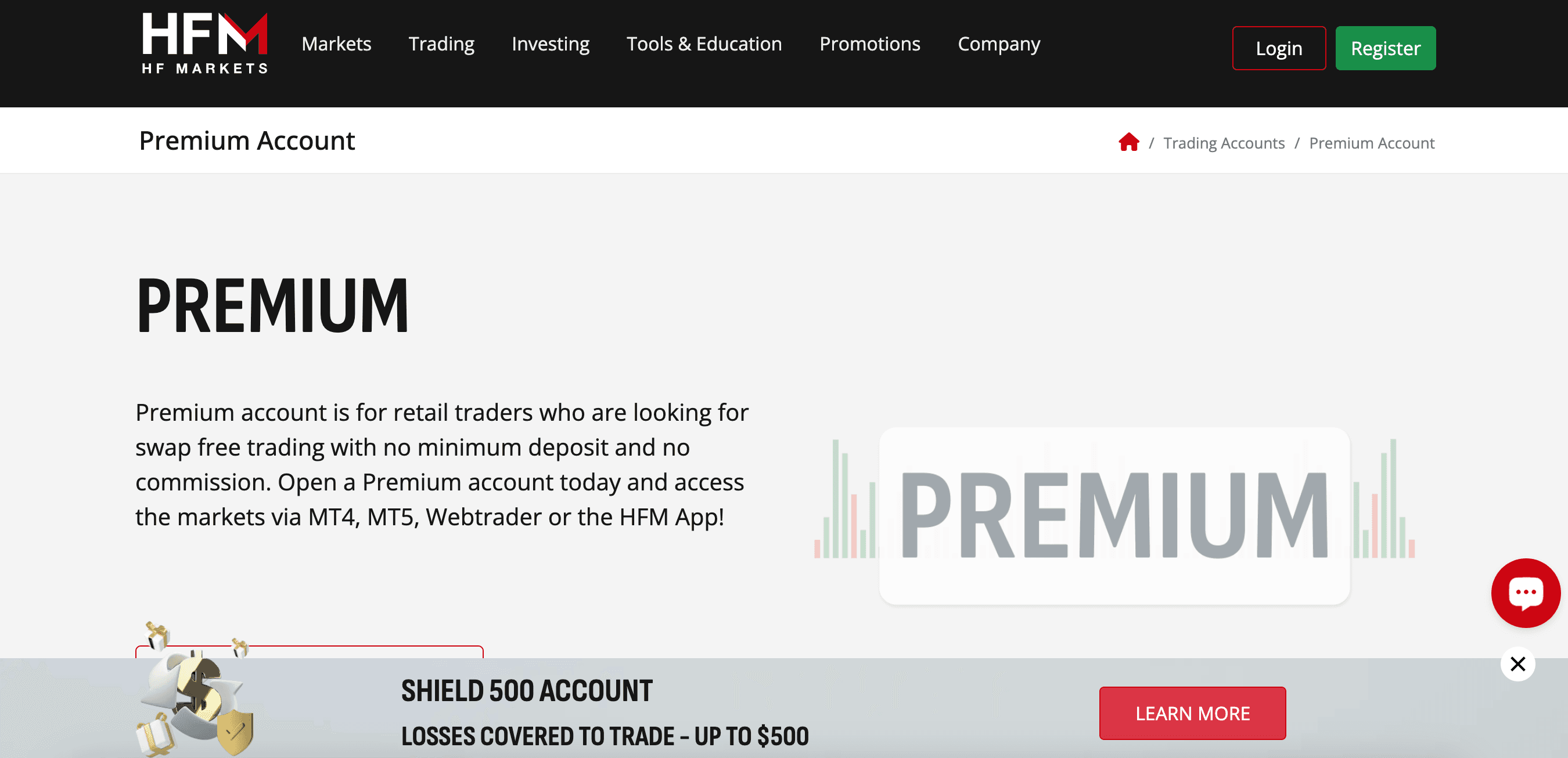In today's digital age, navigating the vast expanse of the internet can be both exciting and daunting. With so many websites vying for our attention, it's crucial to be able to distinguish between those that are legitimate and trustworthy, and those that may pose a risk to our security and privacy. In this article, we'll explore five key signs and verification methods that can help you determine if a website is legit and secure.
1. Check the URL and SSL/TLS Encryption
When establishing the legitimacy of a website, one of the first things to look for is its URL (uniform resource locator) and the presence of SSL/TLS encryption. A respectable website's URL should start with "https://" instead of "http://". The "s" in "https" stands for "secure" and
indicates that the website employs SSL/TLS encryption to protect the information sent between the user and the website.
It is important to remember that the presence of the "https" protocol does not imply that a website is completely safe. Some "https" sites may still represent a risk, despite the additional layer of encryption. It is also crucial to look for further evidence of its validity.
2. Examine the Website's Design and Content
Examining a website's design and content can be a great first step in figuring out how secure it is. Legitimate websites (how to tell if a website is legitimate) will typically have a professional and well-designed layout with consistent branding throughout. This includes high-quality images and well-written content free of grammatical errors. Secure websites (for example), which you can trust, often invest in these aspects to build user confidence.
On the other hand, websites with sloppy or generic design, outdated graphics, and content riddled with typos might be cause for concern (how do I know if a site is legit). Checking for a secure website (how to check if a website is secure) often involves looking for these red flags. Additionally, legitimate sites will usually have a physical address, contact information, and a clear privacy policy and terms of service (an indication that a website is secure for shopping). These elements all help verify a website's legitimacy (how to make sure a website is legit) and the credibility of the business or organization behind it (are all https sites safe?).
3. Check for Security Seals and Trust Indicators
While many legitimate websites display trust indicators like VeriSign, TRUSTe, or BBB seals, these alone aren't foolproof ways to tell if a website is secure. These seals can be faked, so how do you know if a site is truly legit? Look for the telltale signs of a secure website, like "https" in
the address bar and a lock icon. "Https" indicates the website encrypts your information, while the lock icon visually confirms a secure connection. These features, along with a verifiable trust seal, offer strong indications that a website is secure for shopping or entering personal information.
Remember: Even with these security measures, stay vigilant. If something feels off about a website, don't hesitate to double-check how to tell if a website is secure using trusted sources like security software providers.
4. Research the Website and Company
Uncertain about a website's trustworthiness? Don't fret! How to know if a website is legit is a common question. Here's a simple trick: research the company or organization behind it. How do you know if a website is safe if you don't know who runs it? Search engines, industry directories, and even social media can reveal information about the website's owners, the company's history, and any user reviews or ratings. How to tell if a site is secure can also be linked to its legitimacy. A reputable company is more likely to have a secure website.
Double-Check with the Source: Verify Connections
Let's say the website claims to be part of a known brand. To truly understand how to know if a website is secure, how do you find out if a website is legit, or how can i find out if a website is legit? Head straight to the brand's official website. Verify if the connection exists. This double-check ensures the website is a legitimate platform for the organization's online presence, providing peace of mind while you browse.
5. Be Cautious of Unsolicited Offers or Requests
When visiting the internet, it is critical to be aware of websites that may be unsafe. Scammers frequently utilize unwanted offers or requests to lure people into disclosing personal information or clicking on dangerous websites. These can take the shape of pop-ups, emails, or even eye-catching advertisements promising incredible offers or encouraging you to act quickly.
Verifying Legitimacy: A Step-by-Step Guide
In today's vast online world, finding trustworthy websites can be difficult. But don't worry! By following a few simple steps, you can determine whether a website is legitimate and secure. This guide will teach you how to make informed decisions about a website's credibility and safety.
In the following section, we will look at specific techniques for determining whether a website is legitimate and secure. We'll look at things like website certificates and clear contact information to ensure you're in a secure and trustworthy online environment.
1. Address Bar and URL Inspection
Ever wondered how to tell if a website is safe? Look no further than your browser's address bar! It holds key clues to a website's legitimacy. Here's what to watch for:
-
● HTTPS Everywhere: A secure website will always start with "https://" in the address bar. This means the site uses encryption to scramble your information, making it difficult for anyone to eavesdrop. If you see "http://" instead, be cautious, especially if you're entering personal details.
-
● Trustworthy Domain Names: The domain name, the part that comes after the "https://", can also reveal a website's legitimacy. Established businesses often have clear and recognizable domain names that match their brand. If the domain name seems strange, misspelled, or uses an unfamiliar extension, it might be best to steer clear.
-
● Subdomains: Subdomains are often used legitimately by businesses (like for email logins), they can also be a red flag. For example, a website you don't recognize might try to trick you into logging in with a URL like "[invalid URL removed]".
2. SSL Certificate Verification
Have you ever wondered how to tell whether a website is secure and trustworthy? Look for the signs of an SSL certificate! An SSL certificate functions as a digital ID, verifying a website's legitimacy and scrambling information sent or received. Here's how you can spot it:
A secure website will typically display a closed padlock icon in your browser's address bar. This indicates that there is an active SSL certificate. When you click the padlock, you can see information such as who issued the certificate and when it will expire. Check that this information matches the website you're on!
By looking for these indicators, you can increase your confidence that the website is legitimate and safe for your information.
3. Content Quality and Consistency
Does the website seem legit? Here's how the content itself can offer clues:
-
● Polish Up Your Spidey Sense: Professional websites typically have high-quality content with proper grammar and spelling. If you spot typos or poorly written text everywhere, it might be a sign of a website trying to pull a fast one.
-
● Brand Matchmaker: A legitimate website's design should feel consistent throughout. Logos, colors, and overall style should all match the brand they're representing. If things look jumbled or thrown together, it's a red flag that the site might not be what it seems.
4. Domain Registration and Ownership
Have you ever wondered how to tell if a website is legitimate and secure? One method is to look into the domain registration for the website. Here is what you can discover:
-
● Who is behind the wheel? Look up the domain owner's information. Legitimate websites usually include clear ownership information, such as the registrant's or organization's name and contact information. If the details are hidden or appear suspicious, this could be a red flag.
-
● New or established? Consider the domain's age. New websites may be more risky because they are not well-established. Established websites, on the other hand, have a longer track record and are therefore regarded as more trustworthy.
5. Contact Information and Transparency
Feeling unsure about a website's legitimacy? Check for clear contact details! Trustworthy websites will make it easy to find their contact information, such as a physical address, phone number, and email address. A well-developed "Contact Us" page is a good sign.
If you can't find any contact information, or the "Contact Us" page seems sketchy, proceed with caution. After all, how can you tell if a website is secure or even a real business if there's no way to get in touch?
6. Social Media Presence and Reputation
Can you trust this website? Are you wondering if a website is legitimate? Social media can provide valuable clues!
Legitimate businesses frequently maintain active social media profiles on sites such as LinkedIn, Facebook, and Twitter. These profiles should be well-maintained and feature the same branding and content as the website. If you come across a website with a shoddy social media presence, or no presence at all, proceed with caution. Online user reviews can also help you understand a website's reputation.
7. Privacy Policy and Data Protection
Before you trust a website with your information, check for a privacy policy. This document explains how the site collects, uses, and protects your data. If a website doesn't have a privacy policy, or if the policy is unclear, it's a red flag. You can't be sure how they're handling your information, so it's best to be cautious. A good privacy policy helps you decide can you trust this site and how can you know if a website is legit.
8. Vigilance Against Suspicious Links
Ever clicked on a link and wondered, "Can I trust this site?" It's a smart question to ask! Suspicious links, especially those in emails or from unknown websites, can lead to trouble. Here's how to be a web sleuth:
-
● Check Before You Click: Don't be fooled by a link's appearance. Hover your mouse over the link to see the actual website address it leads to. If it looks strange, misspelled, or doesn't match what you expect, it's best to avoid clicking.
-
● Trustworthy Sources Matter: Where did the link come from? Unsolicited emails or unfamiliar websites are more likely to contain risky links. If you're unsure about a link, especially one asking for personal information, it's best to err on the side of caution and not click.
Can Websites Steal Your Information?
Ever wonder, "How can you know if a website is legit?" or "Can I trust this site?" It's a smart question to ask! Unfortunately, some websites can try to steal your information by pretending to be someone else.
-
Phishing Websites: These fake websites, often called "phishing" sites, look like real ones you might know. They might mimic your bank, a popular store, or even a social media platform. Be cautious if a website seems suspicious or asks for personal details you wouldn't normally share on that kind of site.
-
Insecure Connections: One important sign is the website's connection. If a website doesn't use HTTPS encryption (look for "https://" at the beginning of the URL), your information is at risk! Without this encryption, anyone could potentially steal your data while it travels between your computer and the website.
-
Malware and viruses: Staying safe online starts with spotting secure websites. Two quick checks in the address bar can help: Look for "https://" which means the site scrambles your information, and a clear domain name matching a real business.
-
Data Breaches: where hackers steal user information, can happen to any site. This often occurs because of weak security or hidden flaws in the website's code. While you might not be able to predict a data breach, the tips above (checking for HTTPS and a trustworthy domain name) can help you be more cautious online.
-
Analytics and Trackers: HTTPS in the address bar and a recognizable domain name that matches a real business. If these check out, you're on the right track! However, staying secure online is all about being aware. In the next section, we'll explore how some websites might be tracking your activity.
-
Unsecured Forms: Watch out for unsecured forms! If a website requests your login information, credit card number, or other personal information but does not provide adequate security, your data is at risk. Always exercise caution when using websites that lack this security measure, particularly when entering sensitive information.
Conclusion
In conclusion, navigating the digital landscape can feel overwhelming, but with these five key signs in your back pocket, you're well on your way to becoming a web-savvy user.
Understanding these five key signs – HTTPS encryption, recognizable domain names, secure forms, professional design, and clear privacy policies – equips you to make informed decisions
about website legitimacy. This knowledge empowers you to tell if a website is secure, ultimately safeguarding your online safety and privacy. Remember, a quick online search can offer valuable insights if you have any doubts. So, put these tips into practice and navigate the web with confidence!




